I read a blogpost in Dutch named “Does certification have value or not?” by Jan Jaap Cannegieter. I wanted to reply, but there was no option to reply, so I decided to turn my comments into a blogpost. Since the original blogpost is in Dutch I have translated it here.
”The proponents claim that you prove to have a foundation in testing with certification, you possess certain knowledge and it supports education.” (text in blue is from the blogpost, translated by me).
Three things are said here:
- “prove to have foundation”
Foundation? What foundation? You learn a few terms/definitions and an over-simplified “standard” process? And how important is this anyway? Also the argument of an common language is nicely debunked by Michael Bolton here: “Common languages aint so common“ - “possess certain knowledge”
When passing an exam, you indicate to be able to remember certain things. It doesn’t prove you can apply that knowledge. And is that knowledge really important in our craft? I think knowledge is over appreciated and skills are undervalued. I’d rather have someone who has the skills to play football well instead of somebody who knows the rules. From a foundation training, wouldn’t you at least expect to learn the basic testing skills? In no ISTQB training, students use a computer. Imagine giving someone a driver’s license without having ever sat in a car … - “supports education“
Really? Can you tell me how? I think the opposite is true! As an experienced teacher (I also did my share of certification training in the past), my experience is that there is too much focus on passing the exam rather than learning useful skills. Unfortunately, preparing the students for the exam takes a lot of time and focus away from the stuff that really matters. Time I would rather use differently.
Learning & tacit knowledge
So how do people learn skills? There are many resources I could point to. Try these:
- “Het leren van een vak” by Cora Smit (Dutch)
- “… anders vallen er doden!? Werken & leren door professionals” by Anne de Graaf and Jos van der Waals (Dutch)
- How professionals learn through work by Professor Michael Eraut (English)
- The psychology of software testing by John Stevenson (English)
In his wonderful book “The psychology of software testing” John Stevenson talks about learning op page 49:
The “sit back and listen” approach can be effective in acquiring information but appears to be very poor in the development of thinking skills or acquiring the necessary knowledge to apply what has been explained. The majority of trainers have come to realise the importance of hands on training “Learn by doing” or “experiential learning”.
John points to resources like: Learningfromexperience.com and the book “Experiential learning: experience as the source of learning and development” by David Kolb. Also Jerry Weinberg has written books on experiential learning.
The resources on learning skills mentioned by me earlier, will tell you that experienced people know what is relevant and how things are related. Also practice, experimentation and reflection are important parts of learning. Learning of a skill depends heavily on tacit knowledge. On page 50 in his book John Stevenson writes:
“Pakivi Tynjaklak makes an interesting comment in the International Journal of Educational research: “The key to professional development is making explicit that which has earlier been tacit and implicit, and thus opening it to critical reflection and transformation” – This means that what we learn may not be something we can explain easily (tacit) and that as we learn we try to find ways to make it explicit. This is the key to understanding and knowledge when we take something which is implicit and make it explicit. Therefore, able to reflect on what is learned and explaining our understanding.“
And since testing is collecting information or learning about a product, the importance of tacit knowledge also applies to testing: John writes in his book on page 197:
‘However testing is about testing the information we do not know or cannot explain (the hidden stuff). To do this we have to use tacit knowledge (skills, experience, thinking) and we need to experience it to be able to work it out. This is what is meant by tacit knowledge“.
Back to the blogpost:
“The opponents say certification only shows that you’ve learned a particular book well, it says nothing about the tester’s ability and can be counterproductive because the tester is trained to a standard tester.”
- “Learned a particular book”
Agree, see arguments 1 and 2 above. - “it says nothing about the tester’s ability”
Agree, see my argumentation on skills in point 2 above: “knowledge is over appreciated and skills are undervalued”. To learn we need practice and reflection. Also tacit knowledge is an important part of learning. - “Trained to a standard tester”
Agree. No testing that I know of, is standard. Testing is driven by context. And testers with excellent skills have the ability to work in any context without using standards or templates. Have a look at the Ted Talk by Dr. Derek Cabrera “How Thinking Works“. He explains that critical thinking is a skill that is extremely important. Schools (and training providers) nowadays are over-engineering the content curriculum: students do not learn to think, they learn to memorize stuff. Students are learned to follow instructions, like painting by the numbers or fill in templates. To fix this, we need to learn how to think better! Learning to paint by numbers is exactly what certification based on knowledge does with testers! Read more about learning, thinking and how to become an excellent tester in one of my earlier blogpost: “a road to awesomeness“.
Comparison with driving license
“Does a driving license show anything? Well, at least you have studied the traffic rules well and know them. And, while driving, it is quite useful if we all use the same rules. If you doubt that, you should drive a couple of rounds in Mumbai.”
In testing we should NEVER use the same rules as a starting point. “The value depends on the context!” . Driving in Mumbai or anywhere by strictly adhering to the rules, will result in accidents and will get you killed. You need skills to drive a car and be able to anticipate, observe, respond to unexpected behaviour of others, etc. This is what will keep you out of trouble while driving.
As I explained earlier on the TestNet website: this comparison is wrong in many ways. For a driver’s license, you must do a practical exam. And to pass the practice exam, most people will take lessons! You will be driving for at least 20 hours before your exam. And the exam is not a laboratory: it means you go on the (real) road with a real car. A multiple-choice exam does not even remotely resemble a real situation. That’s also how pointless ISTQB or TMap Next certificates are. Nowhere in the training or the exam, the student uses software nor does the the student has to test anything!
This is the heart of the problem! People do not learn how to test, but they learn to memorize outdated theory about testing. Unfortunately in many companies new and inexperienced testers are left unattended in complex environments without the right supervision and support!
So what would you prefer in your project: someone who can drive a car (someone who has the basic skills to test software), or someone knows the rules (someone who knows all the process steps and definitions by heart?). In addition, ISTQB states that the training is intended for people with 6 months of experience here. So how are new testers going to learn the first 6 months?
The foundation for a tester?
The argument that the ISTQB foundation training provides a basis for a beginner to start is nonsense! It teaches the students a number of terms and a practically unusable standard process. In addition, there is a lot of theory about test techniques and approaches, but the practical implementation is lacking. There are many better alternatives as described in the resources earlier in this blogpost: learning by doing! Of course with the right guidance, support and supervision. Teach beginners the skills to do their work, as we learn the skills to drive a car in driving lessons. In a safe environment with an experienced driver next to us. Until we are skilled enough to do it without supervision. Sure, theory and explicit knowledge are important, but skills are much more important! And we need tacit knowledge to apply the explicit knowledge in our work.
So please stop stating that foundation training like TMapNext and ISTQB are a good start for people to learn about testing. There aren’t. Learning to drive a car starts with practicing actually driving the car.
Jan Jaap states he thinks a tester should be certified: “And what about testers? I think that they should also be certified. From someone who calls himself a professional tester we may expect some basic knowledge and knowledge about certain methods?“.
I think we may expect professional testers to have expertise in different methods. They should be able to do their job, which demands skills and knowledge. We may expect a bit more from professional testers than only some basic knowledge and knowledge about methods.
“Many of the well-known certification programs originated when IT projects looked very different and, in my view, these programs did not grow with the developments. So they train for the old world”
Absolutely true.
“Another point where the opponents have a point is the value purchasing departments or intermediaries attach to certificates. In many of the purchasing departments and intermediaries, the attitude seems that if someone has a certificate, it is also a good tester. And to say that, more is needed.”
It is indeed very sad that this is the main reason why certificates are popular. Many people get certificated because of the popular demand of organisations who do not recognise the true value of these certificates. Organisations are often not able (or do not what to spend the time needed) to recognise real professional testers and so they rely on certificates. On how to solve this problem I did a webinar “Tips, Tricks & Lessons Learned for Hiring Professional Testers” and wrote an article about it for Testing Circus.
Learning goals & value
On the ISTQB website I found the Foundation Level learning goals. Let’s have a look at them. Quotes from the website are in purple.
Foundation Level professionals should be able to:
- Use a common language for efficient and effective communication with other testers and project stakeholders.
Okay, we can check if the student knows how ISTQB defines stuff with an exam. However, understanding what it means or how to deal with it in a daily practice is very different. Also, again, common language is a myth. - Understand established testing concepts, the fundamental test process, test approaches, and principles to support test objectives.
Concepts and test process: okay, you can check if a student remembers these. However, the content is old and outdated and in many places incorrect! I think understanding approaches cannot be checked in a (multiple-choice) exam. Maybe some definitions, but how to apply them? No way. - Design and prioritize tests by using established techniques; analyze both functional and non-functional specifications (such as performance and usability) at all test levels for systems with a low to medium level of complexity.
Design and prioritize tests? Interesting. Where is this trained? Or being tested in the exam? Analyse specifications? That is not even part of the training. Applying some techniques is, but there is a lot more to designing and prioritize tests and analysing specifications. - Execute tests according to agreed test plans, and analyze and report on the results of tests.
Execution of tests nor analysis or reporting of test results is part of the exam. In class only the theory about test reporting is discussed but never practiced. - Write clear and understandable incident reports.
How do you check this with a multiple choice exam? And how you train this skill without actually testing software in class? No exercises in class that actually ask you to write such reports. - Effectively participate in reviews of small to medium-sized projects.
The theory about reviews is part of the class. To effectively participate in reviews, you need to do it and learn from experience. - Be familiar with different types of testing tools and their uses; assist in the selection and implementation process.
Some tools and their goals and uses are mentioned in class. So I will agree with the first part. But to assist in selection and implementation, again you need skills.
So looking at the learning goals above, I doubt if the current classes teach this. The exam for sure doesn’t prove that a foundation level professionals is be able to do this things. A lot of promises that are just wrong! Certificate training like ISTQB-F and TMap as they are now are simply not worth the money! The training and exam are mostly 3 days and cost around 1.700 euro in the Netherlands. I think that is a crazy investment for what you get in return… There are better ways to invest that money, time and effort!
I think that a more valuable 3 day foundation training is doable. But surely not the way it is done now by TMap or ISTQB. I’ve written a blog post about it years ago: “What they teach us in TMap Class and why it is wrong!“.
More blogs / presentations about certification:
- Another certification, another scam? by Martin Jansson
- Against Certification by James Bach
- Certification and its discontents by Michael Bolton
- My thoughts on testing certifications by Karen Johnson
- Testers greatest nemesis by Martin Jansson
- Agile certifications are actively destructive by Allen Holub
- Why I am mot (yet) certified by Michael Bolton
- Why I am not certified – My view of testing professionalism by James Bach
- More links here

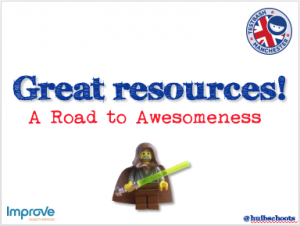
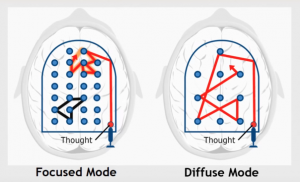
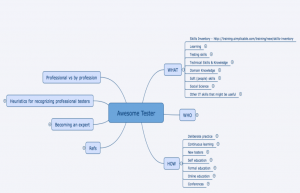
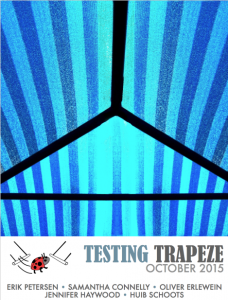
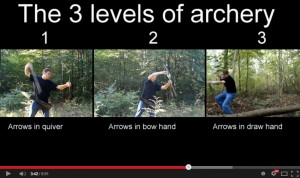
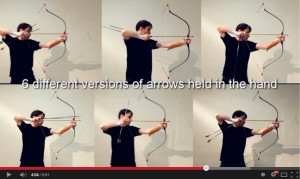
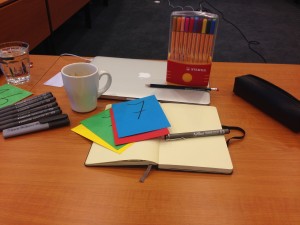
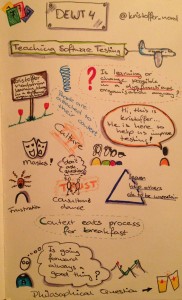
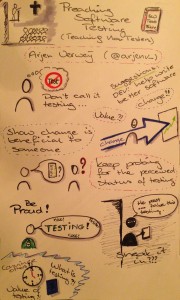
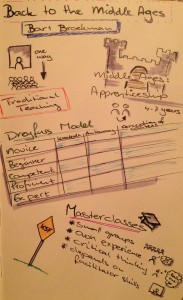
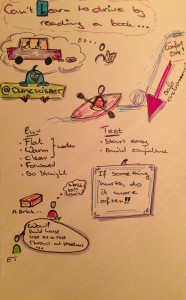
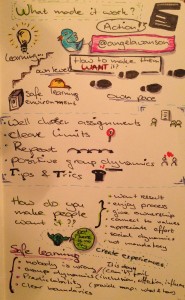


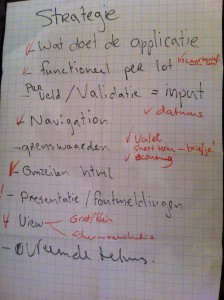

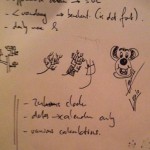
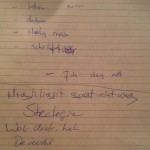
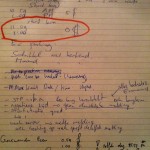
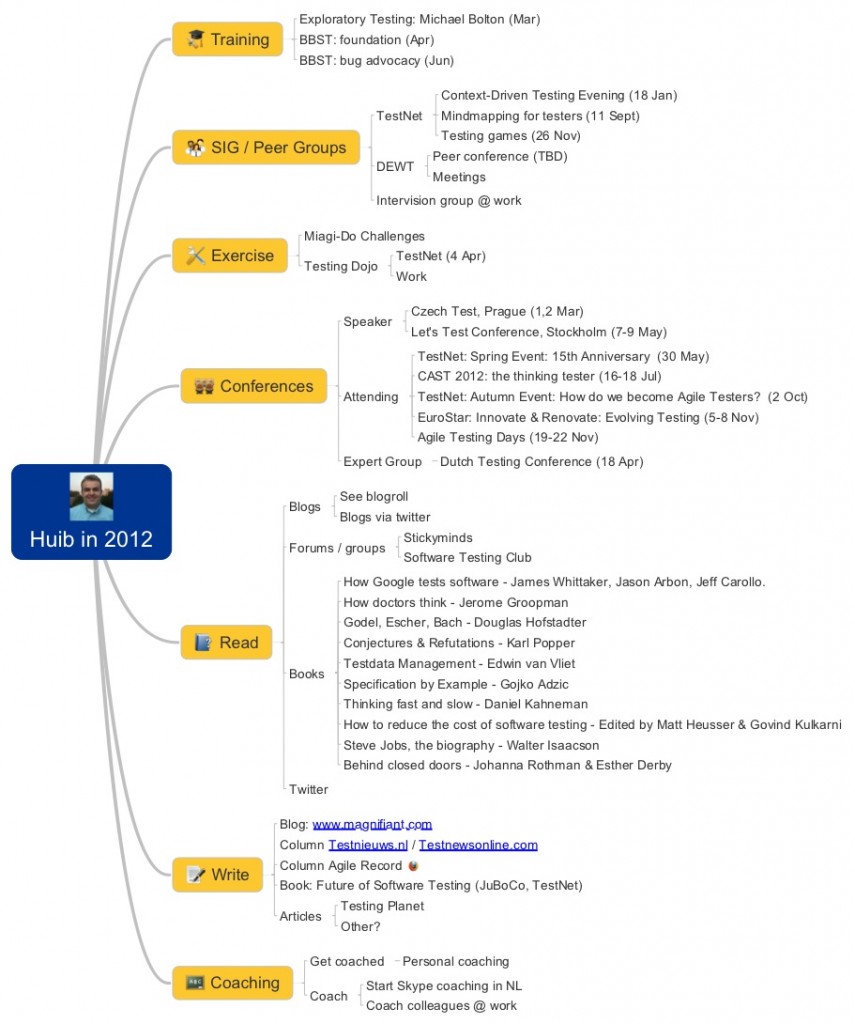


Recent Comments